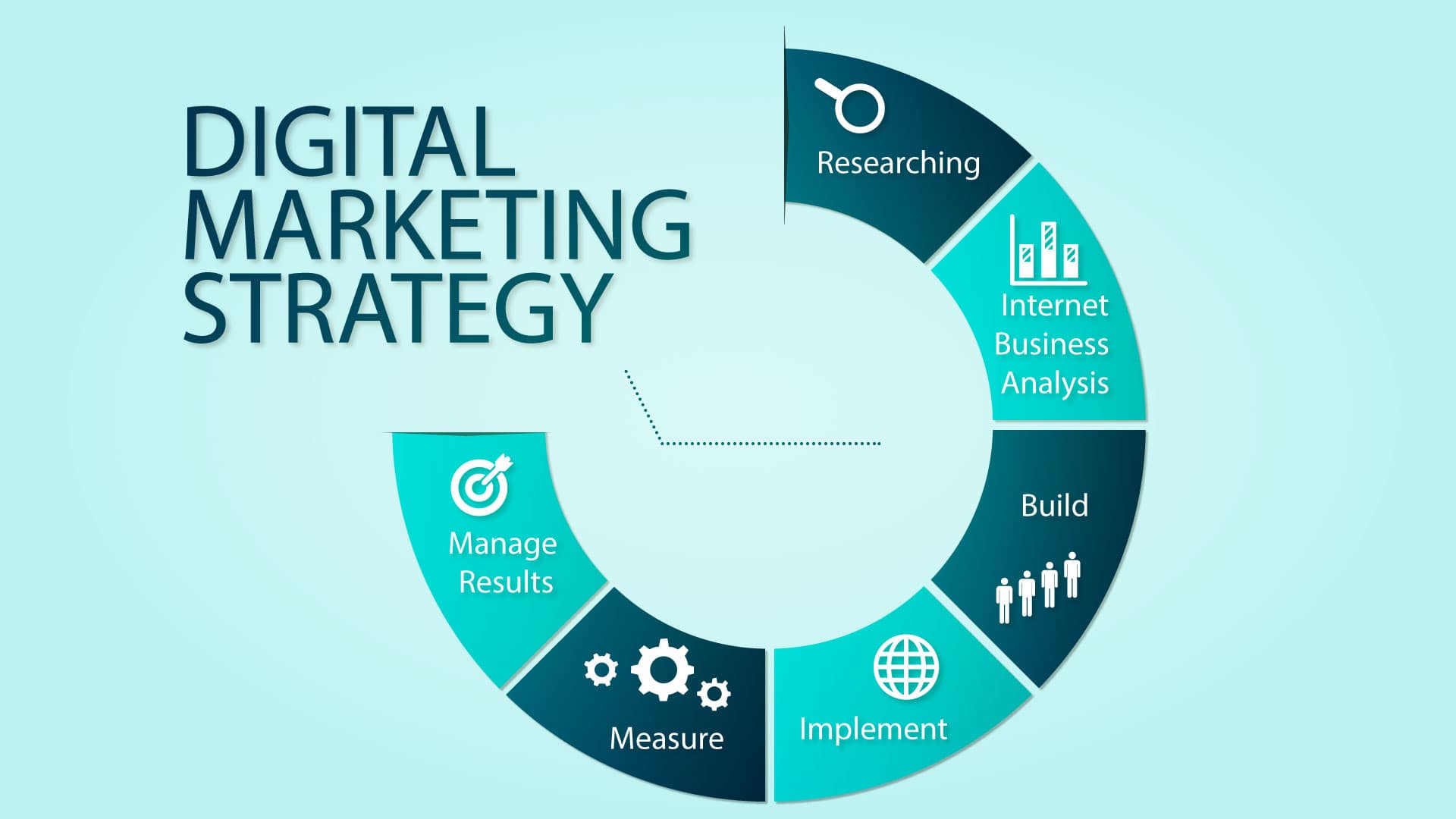Successful Digital Marketing Strategy
Introduction
If you’re like most small businesses, you might think that digital marketing isn’t for you. But digital channels are as relevant to your business as traditional media was—and can be even more effective if done right. In this post we’ll look at some of the key elements of a digital strategy and how they fit together to help get results.
Choose your channels wisely
There are a lot of different channels you can choose from, but it’s important to select the ones that make sense for your business. For example, if you have an ecommerce store and have a large audience on Facebook and Instagram, those two social media platforms would be great places for driving sales. On the other hand, if you’re a local service provider who does most of their business over email marketing and direct mail postcards (like me), then email marketing may be your best option for reaching customers directly.
The point here is not just about choosing channels but also making sure that each one fits into your overall digital marketing requirements. The goal isn’t just getting people onto social media or sending them emails; it’s about engaging with them throughout every stage of their decision-making process until they become customers or clients!
Create a content marketing strategy
Content marketing is one of the most effective ways for small businesses to attract new customers, and it’s essential that you create a content marketing strategy.
Content marketing doesn’t just mean writing blog posts. It can also include infographics, videos, and podcasts–whatever medium works best for your audience (and let’s face it: no matter what kind of business you run, people are going to want to read something).
If you’re not sure where to start with this part of your digital marketing plan, ask yourself: What do my customers want? What do they need? What questions do they have about my product or service? Then use those answers as inspiration for creating content that addresses their needs directly–and make sure you give them plenty of opportunities throughout the course of each piece so they don’t get bored halfway through reading it!
Set up social media profiles
Set up a Facebook page for your business.
Set up a Twitter account for your business.
Create an Instagram account for your business and post pictures of your products or services, events, and other relevant content that will appeal to your target audience.
Set up a LinkedIn profile so that potential clients can learn more about you and see what kinds of clients you’ve worked with in the past (this is especially helpful if they’re looking for someone who has done similar work).
Create an email marketing strategy
The first step in creating an email marketing strategy is to create a list of your customers. This can be done by searching for their email address on Google and copying it into Excel, or you could use a paid service like MailChimp that automatically imports all the emails from your website.
Once you have your list organized, set up an automated campaign using tools such as Aweber or GetResponse (or any other email service provider). These services will allow you to send out regular newsletters containing useful information about your business and products/services offered by them. In addition, include a call-to-action (CTA) at the end of each newsletter so customers know exactly what action they need to take next time they visit your store front page!
Build your brand online
Create a website for your business. You can use WordPress or Squarespace to make it easy to update, and make sure it’s mobile-friendly so people can find you when they’re on their phones.
Add social media links to your website, like Facebook and Twitter. Let customers know how they can connect with you online!
Create an online presence on Google+, Yelp, LinkedIn and other directories that help potential clients find out more about who you are and what services/products you offer (like Angie’s List). Be sure these profiles contain accurate information about what kind of company yours is–including contact info like phone number(s) and address(es), as well as brief descriptions of each service offered by way of text links back up into the main body copy section where this information was originally found.”
Takeaway:
Here are the takeaways from this article:
Takeaways are summaries of an article, written in a way that makes the reader want to read it.
The best way to create a successful digital marketing strategy is by focusing on your audience first, then creating content that meets their needs and interests.
Conclusion
We hope this article has helped you understand the importance of digital marketing and how to create a successful strategy for your business. With over 2 billion people online, there’s no reason why your small business shouldn’t get in on the action!







